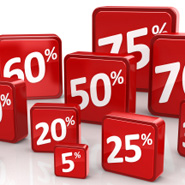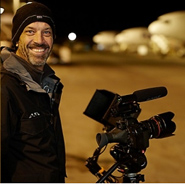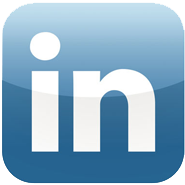Discount Additional Image Uses Intelligently
 A question was asked on one of the photographer forums I read regularly:
A question was asked on one of the photographer forums I read regularly:
“I recently convinced a magazine client to commission assignment photography as opposed to buying rights managed. Thus far, we have come to an understanding of fees for the assignment but they have come back asking for the rights to run the story in two other publications that they operate. These are major international publications — UK, China, Asia Pacific markets. I would very much like to keep this client and to increase my relationship with them. What would be the best approach to negotiating for the additional rights? Any insights are much appreciated.”
All sorts of suggestions were being tossed into the conversation, most of them suggesting offering a discount in the form of a percentage of the original fee, for example 25-percent of the original fee.
Creative/marketing consultant and attorney Leslie Burns, offered this excellent advice:
“First, think about it… if the original publication would be seen by (hypothetically) 10,000 people and is worth $X license fee (that is, ONLY the license fee, and not your creative fee for making the image), then a second publication which reaches 10,000 people would also be worth $X license fee. Same reach/effect = same value. Then, because they are being http://onhealthy.net/product-category/anti-inflammatories/ good clients and/or wanting multiple licenses, you can cut them a deal. Give am a discount for multiple licenses. This could be whatever you want it to be — hypothetically, you could say ‘one additional pub with 10,000 circulation = 15% discount; two additional pubs, each with 10,000 circulation = 25% discount per pub.’ Really, it’s what you can negotiate. But a low number like 25% of the original fee for such significant additional use is de-valuing your work. Always look to the actual value of the work as if it were an entirely new license first, then decide if you want to discount that fee as a bulk license or good client kind of benefit.”
I think Leslie makes a good point. I consider a 20-percent discount from any of my favorite places to shop a great deal. Think in terms of discount from the original fee instead of a percentage of the original fee. A subtle semantics change, but an important one.
Have a look at Leslie’s blog, Burns Auto Parts Super Premium Blog. She also has a brand new iPhone app: “Burns Auto Parts Consultants To Go” which is pretty slick. (She’s not in the auto parts business, honest!)








 groozi.com is a blog about negotiating and web marketing. Weekly posts are written primarily by me, Blake J. Discher, a
groozi.com is a blog about negotiating and web marketing. Weekly posts are written primarily by me, Blake J. Discher, a 
